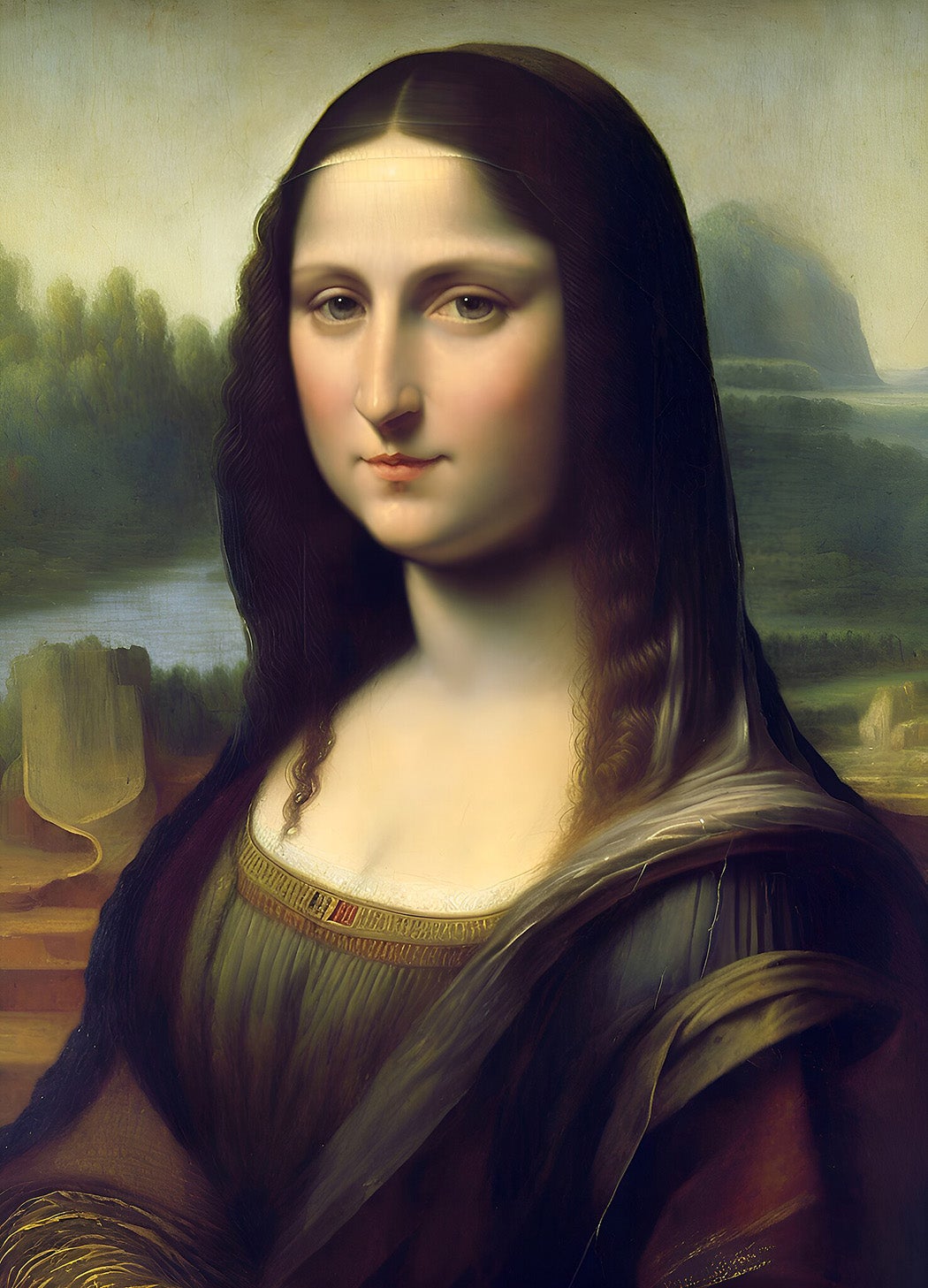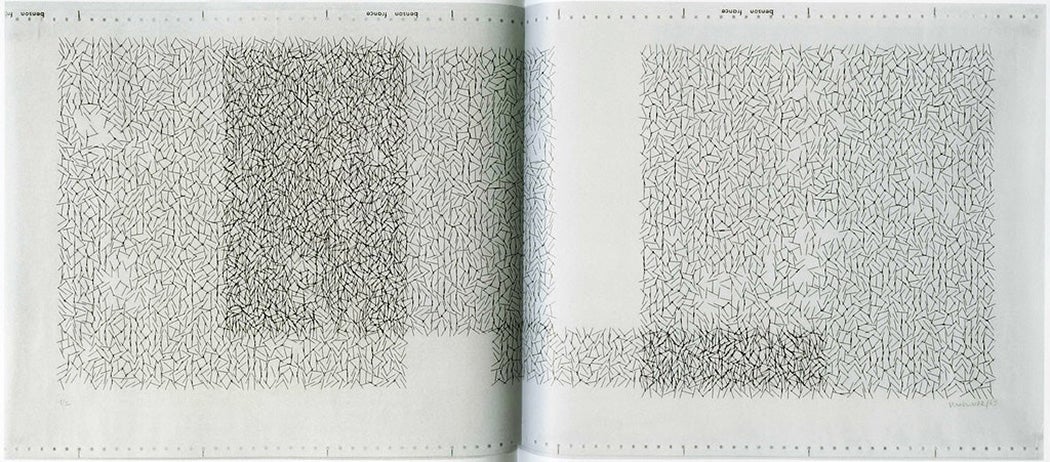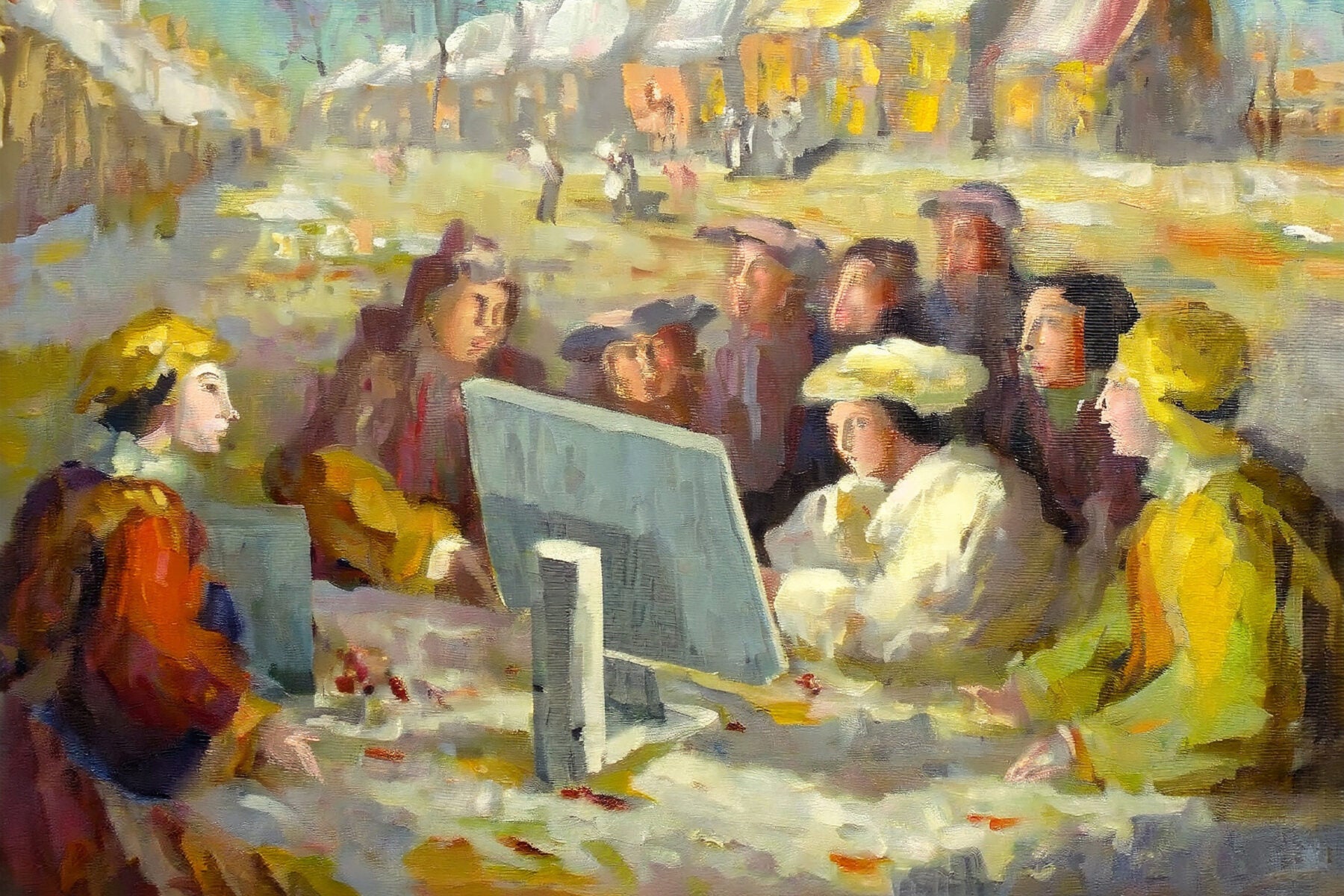This is the first article in a three-part series. Read parts two and three.
According to Merriam-Webster, creativity is “the ability to create,” with the verb “create” being a multi-dimensional term that implies the actions and behaviors that lead to the birth of something new. It could refer to the act of bringing something into existence, giving it a fresh form or function, or manifesting it through the application of imaginative skill. This process can be observed in everything from the biblical account of God’s creation of Heaven and Earth to a fashion designer crafting a dress. In a broader sense, creating invokes existence; it bestows new roles, generates through imaginative prowess, and induces or provokes certain outcomes. It is, according to Linda Candy, a testament to the power of the human mind to conceive, innovate, and realize fresh ideas, entities, and results.
Considered the figurative heart of artistic expression, creativity is the ability to come up with novel and innovative ideas that challenge what we know and push individuals to explore new ways of thinking and making. It is an intricate, culturally influenced concept with a variety of interpretations and meanings, as well as types—anthropological, psychological, historical, and metaphysical. Unlike the instinct-driven behaviors of animals or the notion of divine creation, human creativity is characterized by a conscious assembly and manipulation of ideas and information. Karen Lang has noted that traditionally the significance of the agency of the artist in this process is pivotal; the artist is understood to take raw, unstructured material, and organize and transform it into a tangible form through conscious decisions. Moreover, argue Wendy Bishop and David Starkey, artists have traditionally done so in dialogue with time and space.
Yet the dawning of the age of generative artificial intelligence (AI) in the visual creative domain is now redefining this dialogue. These new generative tools, argue Deepak Somaya and Lav Varshney, such as Stable Diffusion, Midjourney, DALL-E 2, and Adobe Firefly, challenge traditional notions of authorship and creative control; the artist in this evolving dynamic is no longer a solitary genius but a collaborator. The artist today may work in tandem with the AI, leveraging the capabilities of the machine to push the boundaries of their practice and explore new creative solutions.

Creativity, of course, is not confined to art or design—it permeates all pursuits, including engineering, science, and business. Despite this, society tends to revere artists and designers and credit them with heightened creativity because of their ability to translate abstract ideas into aesthetic forms as Paul Smith outlines in his discussion of artists like Paul Cézanne. Their particular skillset allows them to externalize internal realizations in tangible ways, through visual arts, product design, and suchlike.
While inherent creativity lies within every individual, fine-tuning creative outputs often requires the development of specific skills. As such, the focus of education for creatives has long focused on mastering a medium or tool, in a process that could span years. This might involve learning the properties of various types of paint and techniques for their application or achieving fluency in the use of a camera and the principles of light and composition. Each of these skills requires not only theoretical knowledge but, as Mary Ann Stankiewicz has noted, extensive practice as well.
This educational model reflects an era when the act of creation was fundamentally tied to the physical manipulation of a given medium. A musician, for example, creates through the production of sound from their instrument, a potter through the shaping of their clay. AI disrupts this model. AI systems can learn and replicate the mechanical aspects of a craft, Matthew Elton points out, automating tasks that previously required extensive training and practice. This shift has transformed the nature of education for creatives, ushering the focus away from learning how to manipulate a given medium or operate a specific tool and toward understanding and implementing AI systems that can perform these tasks. As Jenna Ng argues, learning how to effectively communicate what an output should be and working collaboratively with these AI systems and tools is the future of creative output.

This shift is not just about simplifying or speeding up the creative process. It opens up new possibilities for creativity by extending the capabilities of the human artist. With AI, artists can experiment with novel forms and techniques that would have been difficult or impossible to achieve with traditional tools and methods. While this shift has brought about significant changes, Alkim Almila, Akdag Salah, and others argue for a consideration of the historical context. Computational creativity and computer art studies provide valuable insights into the relationship between AI and creativity prior to the era of generative AI. For instance, Marcus Du Sautoy contends that AI holds the potential to radically reshape our conception of creativity by providing fresh forms of inspiration and enabling exploration into uncharted dimensions of art and innovation. As artists integrate AI into their creative processes, they can harness its generative capabilities, innovating novel ideas, and enhancing their existing workflows. At the same time, the role of AI in artistic creativity surpasses simple automation or duplication of human artistic processes. Both Ng and Elton posit that AI algorithms exhibit their own form of creative agency, able to fabricate novel and innovative artworks. Engaging in exploration, experimentation, and iteration, AI often generates outputs that both surprise and challenge human artists and audiences alike, as seen from the early pioneers in computer art such as Vera Molnár.
AI algorithms, with their ability to ideate, scrutinize data, and discern patterns, can streamline the creative process, particularly enhancing exploratory and transformational creativity. Nonetheless, James Manyika points out that AI falls short in emulating the distinctive human essence and contextual nuances that lie at the heart of imaginative creativity, which is deeply intertwined with human emotion, intention, and meaning. Therefore, artists prefer to acknowledge AI as an aid that magnifies and complements their creative prowess, rather than supplants it.
The advent of AI technology, formidable as it may be, does not foretell the end of human creativity. Margaret Boden’s tripartite framework of creativity—encompassing exploration, transformation, and imagination—illuminates this dynamic. In the initial stages of the creative process, where exploration and transformation are critical, the pattern recognition of AI and ideation capabilities serve as potent assets to artists. Nevertheless, the essence of originality and the imaginative facets of creativity, deeply interwoven with human emotion and intention, remain uniquely human.
Weekly Newsletter
Boden’s framework emphasizes the multifaceted character of creativity across diverse fields. Creativity of the first kind navigates within established rules and constraints, while the second thrives on serendipity and exploration, and the third leans on intuition and insight. The first and second forms of creativity work well with AI tools because they have the computational strength to follow specific algorithms to create something and can also use random exploration to produce unexpected results. By using these computational capacities, artists can journey into hitherto unknown territories, unearthing new possibilities. AI algorithms, for instance, can analyze extensive datasets, discern connections, and fabricate novel combinations that might have otherwise escaped human consideration. AI’s data processing capabilities enrich the exploratory dimension of creativity, enabling artists to probe new aesthetic possibilities. But when creativity calls for intuition, insight, and personal expressions of the human condition—the third type of creativity—AI remains an onlooker.
Despite the exceptional utility of AI in the formative and recursive phases of creativity, it is essential to recognize its limitations in replicating deeply human, imaginative aspects of artistic expression. Artists must wield AI as a collaborative tool, but also uphold the unique vision and the emotional depth that only human creativity can invoke.







